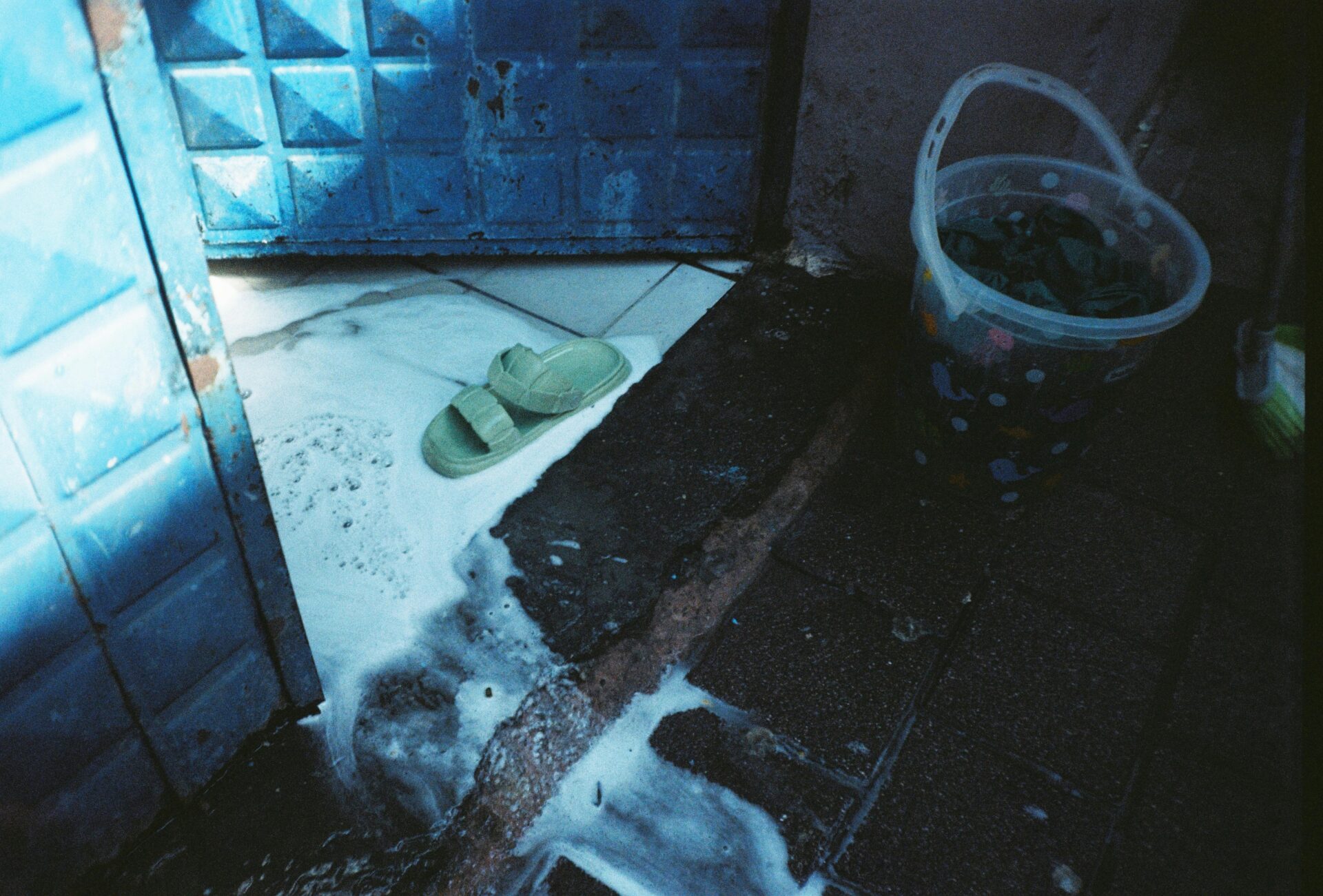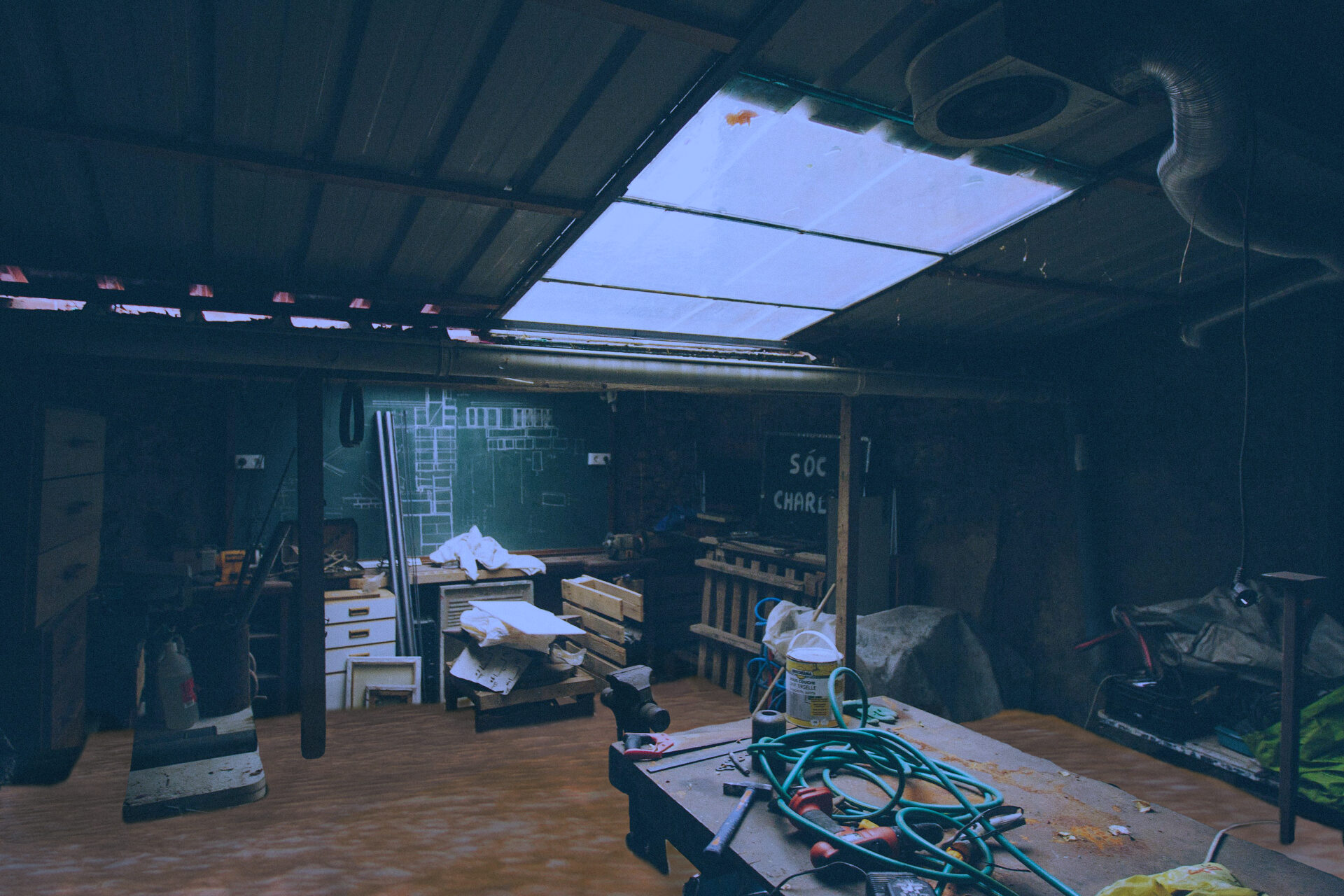
Basement Flooding And Health Risks: What You Should Know
By: 911 Water Damage Experts
Basement flooding is a concern for many Canadian homeowners, especially as heavy rainfall and changing climate patterns increase the risk of residential flooding.
This issue extends beyond structural damage, as flooded basements can pose serious health risks if not properly addressed. From mould growth to bacterial contamination, the consequences of basement flooding can impact a home’s safety and the health of those who live in it. Here’s everything you need to know about the health risks associated with basement flooding, prevention methods, and steps to take if you experience flooding in your home.
Let’s get right into it!
Understanding Basement Flooding
What Is Basement Flooding?
Basement flooding occurs when water enters a basement or crawl space, often due to heavy rain, sewer backups, or foundation issues. Flooding can vary from minor seepage to significant water accumulation, depending on the source and severity. Flooded basements are common in urban areas where drainage systems may be overwhelmed, especially during severe storms. In Canada, basement flooding costs homeowners millions annually in repairs and insurance claims, with frequency increasing in recent years (source: Public Safety Canada).
Types Of Basement Flooding
There are several types of basement flooding, each with unique causes and associated risks. Sewer backups happen when municipal sewer systems become overwhelmed, causing wastewater to flow back into homes. Overland flooding occurs when heavy rains cause water to flow overland and seep into homes through foundation cracks or windows. Seepage is typically caused by groundwater pressure and often affects older homes with limited foundation waterproofing.
Frequency And Risks Of Basement Flooding In Canada
Some regions in Canada are more prone to basement flooding, particularly areas with heavy rainfall, such as British Columbia and parts of Ontario. Data from the Insurance Bureau of Canada shows that basement flooding claims have increased by over 40% in the past decade, largely due to more frequent extreme weather events. This trend underscores the importance of preventative measures and awareness of potential health hazards associated with flooding.
Immediate Health Risks Associated With Basement Flooding
Mould And Mildew Growth
Mould and mildew thrive in damp conditions, making flooded basements an ideal environment for their growth. Mould can begin to grow within 24 to 48 hours of water exposure, producing allergens and irritants that can impact air quality. For individuals with respiratory issues like asthma, mould exposure can worsen symptoms and lead to chronic respiratory issues. According to Health Canada, mould exposure has been linked to symptoms such as coughing, eye irritation, and, in severe cases, respiratory infections.
Contaminated Water And Pathogens
Floodwater, especially from sewer backups, often contains harmful pathogens, including bacteria and viruses. Exposure to contaminated water can lead to gastrointestinal illnesses, skin infections, and other health concerns. Public Health Canada warns that floodwater may contain E. coli, hepatitis A, and other harmful microbes, which pose a risk to anyone who comes into contact with it.
Airborne Contaminants
Flooded areas can release harmful airborne contaminants, particularly as materials break down. As mould grows, it releases mycotoxins, which are airborne toxins that can cause serious health issues when inhaled. Flooded basements can also release volatile organic compounds (VOCs) from damaged building materials, which may lead to symptoms like headaches, nausea, and dizziness.
Long-Term Health Risks Of Basement Flooding
Respiratory Issues Due To Mould Exposure
Prolonged exposure to mould can lead to severe respiratory issues, particularly in individuals with pre-existing respiratory conditions. Studies by the Canadian Mortgage and Housing Corporation (CMHC) show that mould spores in the air can aggravate asthma, increase the risk of respiratory infections, and cause chronic sinusitis. Even after water is removed, damp conditions in the basement can allow mould to thrive, so thorough drying and dehumidification are essential.
Risk Of Structural Rot And Weakening
Structural rot not only compromises the safety of the home but can also lead to the release of toxic substances as materials degrade. Wood rot, in particular, can produce spores and dust that may cause allergic reactions or worsen respiratory conditions. If left untreated, structural rot can create an unstable environment that poses physical safety risks and requires costly repairs.
Mental Health Impacts Of Basement Flooding
The emotional toll of basement flooding is often overlooked but can be significant. Homeowners who experience severe flooding report high levels of stress, anxiety, and even post-traumatic stress disorder (PTSD). The Canadian Mental Health Association notes that the disruption and financial strain caused by basement flooding can have lasting effects on mental well-being, especially if personal belongings or irreplaceable items are lost.
Prevention Measures For Basement Flooding

Installing A Sump Pump
A sump pump is one of the most effective tools for preventing basement flooding. Installed in the lowest part of the basement, a sump pump collects water and redirects it away from the home’s foundation. Regular maintenance of the sump pump, such as checking the battery backup, ensures that it will function during power outages common in storms.
Waterproofing Basement Walls And Floors
Waterproofing is an essential step in flood prevention, especially for older homes. Techniques like applying waterproof coatings, installing drainage systems, and sealing foundation cracks can help keep water out. For Canadian climates with heavy rainfall, waterproofing materials should be durable enough to withstand seasonal changes in temperature and humidity.
Regular Gutter And Downspout Maintenance
Gutters and downspouts direct rainwater away from a home’s foundation. Clogged gutters cause water to overflow, which can seep into the basement. Cleaning gutters twice a year, particularly before winter and spring, can help prevent this issue. Installing gutter guards can also reduce debris buildup and improve water flow.
Grading And Landscaping To Direct Water Away
Proper grading around the home directs water away from the foundation. If the landscape slopes toward the home, water can pool around the foundation, increasing the risk of flooding. Simple landscaping changes, such as adding soil to create a slope and planting water-absorbent plants, can help protect against basement leaks.
Steps To Take If Your Basement Floods
Immediate Actions To Mitigate Health Risks
If your basement floods, it’s crucial to act quickly to minimize health risks. Start by turning off electricity to the basement to prevent electrical hazards. Ventilate the area by opening windows and doors to reduce moisture and lower humidity levels. Remove any standing water using a wet/dry vacuum if it’s safe to do so, as standing water can promote mould growth.
Proper Cleaning And Disinfection Methods
Thorough cleaning and disinfection are essential after a basement flood. Remove and discard any porous materials, such as carpet or drywall, that may have absorbed water. Use a bleach solution or commercial disinfectant to clean hard surfaces and kill any remaining pathogens. Wearing gloves and masks is recommended to avoid exposure to contaminants.
Seeking Professional Help
For severe flooding, professional restoration services may be necessary. Restoration experts have specialized equipment to dry out and dehumidify affected areas, reducing the risk of mould growth. Additionally, they can assess structural damage and provide guidance on necessary repairs. Many Canadian insurance policies cover professional restoration services in cases of extensive damage, so contacting your provider is advisable.
FAQ
What Are The First Signs Of Basement Flooding?
Early signs include damp walls, water stains, or a musty smell in the basement. Any visible signs of moisture should be investigated to prevent further water intrusion.
How Can I Prevent Mould After A Basement Flood?
Removing all standing water, thoroughly drying affected areas, and using a dehumidifier can prevent mould growth. Consider using mould inhibitors on cleaned surfaces to reduce the risk.
Does Home Insurance Cover Basement Flooding In Canada?
Coverage varies, but many Canadian policies offer protection for sudden events like sewer backups. However, regular maintenance issues may not be covered. Always review your policy to understand your coverage.
What Health Symptoms Are Linked To Flood Exposure?
Symptoms can include respiratory issues, skin irritation, eye irritation, headaches, and, in severe cases, infections from exposure to contaminated water.
How Can I Remove Mould Safely After A Flood?
For minor mould growth, use a bleach solution and wear protective gear like gloves and a mask. For extensive mould issues, consult a professional to avoid health risks.
Are There Grants Available For Basement Waterproofing?
Some municipalities and provinces offer grants or rebates for flood prevention measures, like installing sump pumps or backwater valves. Check with local government programs for specific funding opportunities.
How Often Should I Inspect My Basement For Flood Risks?
Inspect your basement at least twice a year, especially before the rainy season. Regular checks can catch potential issues early, reducing the risk of flooding.
Can I Live In My Home After A Basement Flood?
If the flood was minor and the area has been dried and disinfected, it’s usually safe. However, severe flooding with significant mould or contamination may require professional cleanup before returning.
How Quickly Does Mould Grow After Flooding?
Mould can start growing within 24 to 48 hours after water exposure. Removing water and thoroughly drying the area promptly is crucial to prevent mould growth.
What Should I Do If My Basement Floods Again?
Repeat the necessary steps to remove water, dry the area, and clean. Consider additional prevention measures, such as installing a sump pump or waterproofing, to reduce the likelihood of future floods.
Conclusion
Basement flooding can have far-reaching consequences, from structural damage to serious health risks. Understanding the causes and preventive measures can help you protect your home and family. By taking steps to waterproof your basement, installing flood-prevention equipment, and acting quickly after a flood, you can minimise both immediate and long-term impacts. If you experience basement flooding, don’t hesitate to call in experts for a safe and thorough cleanup.
If you have any questions about our article “Basement Flooding And Health Risks: What You Should Know” or need fire damage restoration services contact us at 1-833-WE-DRY-IT or connect with us on social media.

